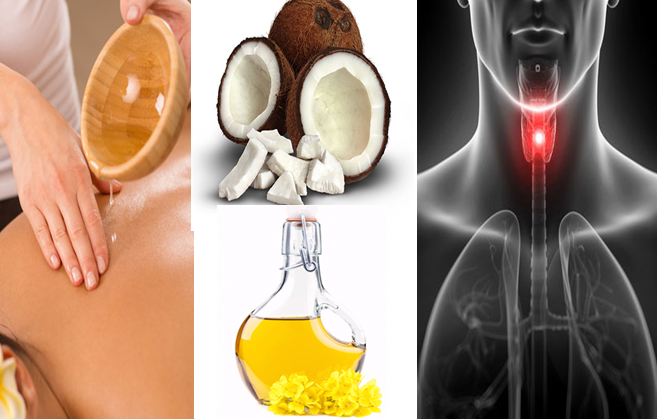Co-op experts give advice on how to choose, buy and store wine.
Is screw top wine actually as good as wine with a cork?
How can I tell if a wine is corked?
The term ‘corked’ refers to contamination by a chemical compound know as 2,4,6 – Trichloroanisole, more commonly known as TCA.
It’s harmless but the aroma masks the normal wine bouquet and its flavours, and will destroy the wine.
The aroma of a corked wine is mouldy or musty, and like wet cardboard or mushrooms, damp and earthy.
If you detect any of these aromas, the wine is corked. Taste it if you’re not sure as the same fault profiles that are present in the nose will be detectable on the palate.
What’s the difference between new world and old?
In general if buying white or rosé then look for the most recent vintage; this will ensure the wine you get is fresh in style.
With old world wines such as Bordeaux look for ‘mis en bouteille au château/domaine’; most top-quality wines are bottled by the estate.
What sort of price should I be paying for a bottle in the supermarket?
It’s always dangerous to generalise but the age old adage that ‘you get what you pay for’ certainly applies to wine; all wines sold in the UK are subject to the same level of duty and VAT so, proportionately, the higher the retail price the more money you are paying for the actual liquid in the bottle.
How should I store my wine?
This only really applies if you are planning on storing wine for an extended period of time, however - in the short term wine is relatively robust.
How early before serving should I open?
This depends on the age of the wine but in general most wines will benefit from being decanted 30 minutes to an hour before serving. It’s not necessary to have a decanter, a jug will do. The idea is to get a little air into the wine to allow the flavours to emerge. All wines will evolve upon contact with air and some improve immeasurably hours after first being opened – in rare cases, some wines need 24 hours.
The only exception to the decanting ‘rule’ would be really old wines (wines from the fifties or older) which, due to their fragile state, would be better served straight from the bottle.
What temperature should I serve wine at?
The basic rules are never serve red wine too warm as it will lose all ‘structure’ and taste ‘flabby’ and dull, and never serve decent white wines too cold as this ‘numbs’ the wine and hides the flavours. As a rule of thumb, sparkling should be served at 9˚C, white at 12˚C, rosé at 11C˚ and red at 16˚C.
Generally, though, an hour in the fridge for white and rosé should be fine and if in doubt with reds then serve them colder – they will always warm in the glass.

























0 commentaires: